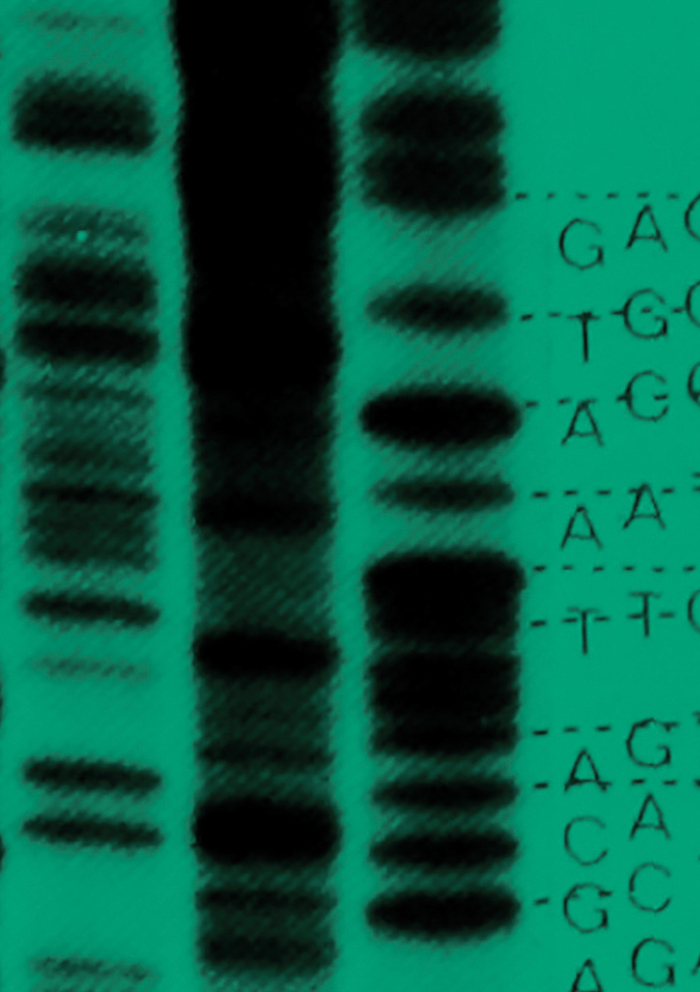 -
Volume 2,
Issue 6,
2016
-
Volume 2,
Issue 6,
2016
Volume 2, Issue 6, 2016
- Research Paper
-
- Genomic Methodologies: Novel phylogenetic methods
-
-
Bayesian codon substitution modelling to identify sources of pathogen evolutionary rate variation
More LessPhylodynamic reconstructions rely on a measurable molecular footprint of epidemic processes in pathogen genomes. Identifying the factors that govern the tempo and mode by which these processes leave a footprint in pathogen genomes represents an important goal towards understanding infectious disease evolution. Discriminating between synonymous and non-synonymous substitution rates is crucial for testing hypotheses about the sources of evolutionary rate variation. Here, we implement a codon substitution model in a Bayesian statistical framework to estimate absolute rates of synonymous and non-synonymous substitution in unknown evolutionary histories. To demonstrate how this model can provide critical insights into pathogen evolutionary dynamics, we adopt hierarchical phylogenetic modelling with fixed effects and apply it to two viral examples. Using within-host HIV-1 data from patients with different host genetic background and different disease progression rates, we show that viral populations undergo faster absolute synonymous substitution rates in patients with faster disease progression, probably reflecting faster replication rates. We also re-analyse rabies data from different bat species in the Americas to demonstrate that climate predicts absolute synonymous substitution rates, which can be attributed to climate-associated bat activity and viral transmission dynamics. In conclusion, our model to estimate absolute rates of synonymous and non-synonymous substitution can provide a powerful approach to investigate how host ecology can shape the tempo of pathogen evolution.
-
- Microbial evolution and epidemiology: Population Genomics
-
-
Emergence of a novel lineage containing a prophage in emm/M3 group A Streptococcus associated with upsurge in invasive disease in the UK
More LessA sudden increase in invasive Group A Streptococcus (iGAS) infections associated with emm/M3 isolates during the winter of 2008/09 prompted the initiation of enhanced surveillance in England. In order to characterise the population of emm/M3 GAS within the UK and determine bacterial factors that might be responsible for this upsurge, 442 emm/M3 isolates from cases of invasive and non-invasive infections during the period 2001–2013 were subjected to whole genome sequencing. MLST analysis differentiated emm/M3 isolates into three sequence types (STs): ST15, ST315 and ST406. Analysis of the whole genome SNP-based phylogeny showed that the majority of isolates from the 2008–2009 upsurge period belonged to a distinct lineage characterized by the presence of a prophage carrying the speC exotoxin and spd1 DNAase genes but loss of two other prophages considered typical of the emm/M3 lineage. This lineage was significantly associated with the upsurge in iGAS cases and we postulate that the upsurge could be attributed in part to expansion of this novel prophage-containing lineage within the population. The study underlines the importance of prompt genomic analysis of changes in the GAS population, providing an advanced public health warning system for newly emergent, pathogenic strains.
-
- Microbial evolution and epidemiology: Phylogeography
-
-
Genomic characterization of Mycobacterium tuberculosis lineage 7 and a proposed name: ‘Aethiops vetus’
More LessLineage 7 of the Mycobacterium tuberculosis complex has recently been identified among strains originating from Ethiopia. Using different DNA typing techniques, this study provides additional information on the genetic heterogeneity of five lineage 7 strains collected in the Amhara Region of Ethiopia. It also confirms the phylogenetic positioning of these strains between the ancient lineage 1 and TbD1-deleted, modern lineages 2, 3 and 4 of Mycobacterium tuberculosis. Four newly identified large sequence polymorphisms characteristic of the Amhara Region lineage 7 strains are described. While lineage 7 strains have been previously identified in the Woldiya area, we show that lineage 7 strains circulate in other parts of the Amhara Region and also among foreign-born individuals from Eritrea and Somalia in The Netherlands. For ease of documenting future identification of these strains in other geographical locations and recognizing the place of origin, we propose to assign lineage 7 strains the lineage name ‘Aethiops vetus’.
-
Most Read This Month


